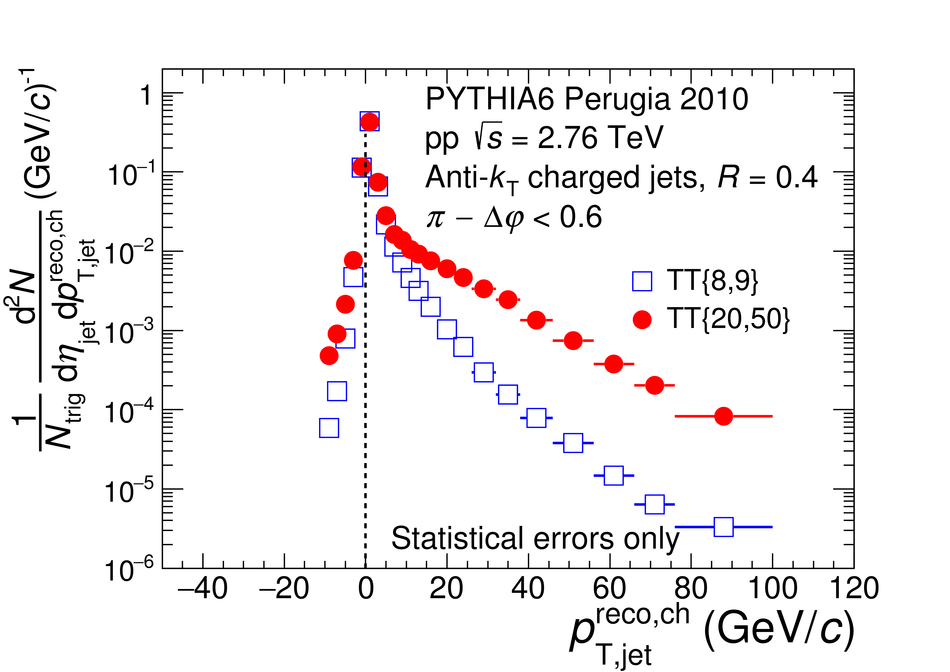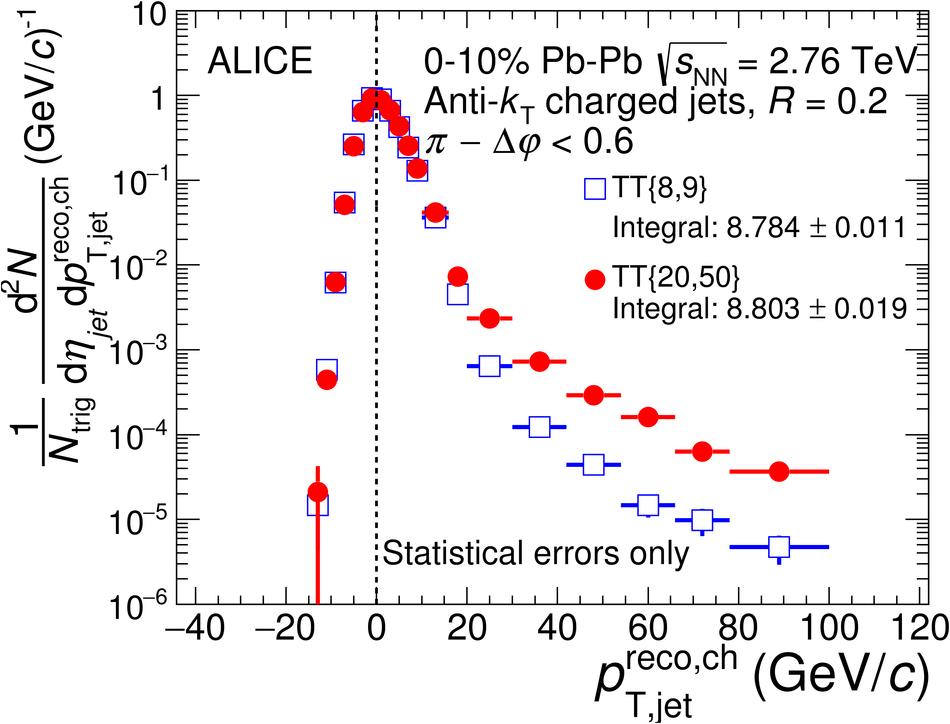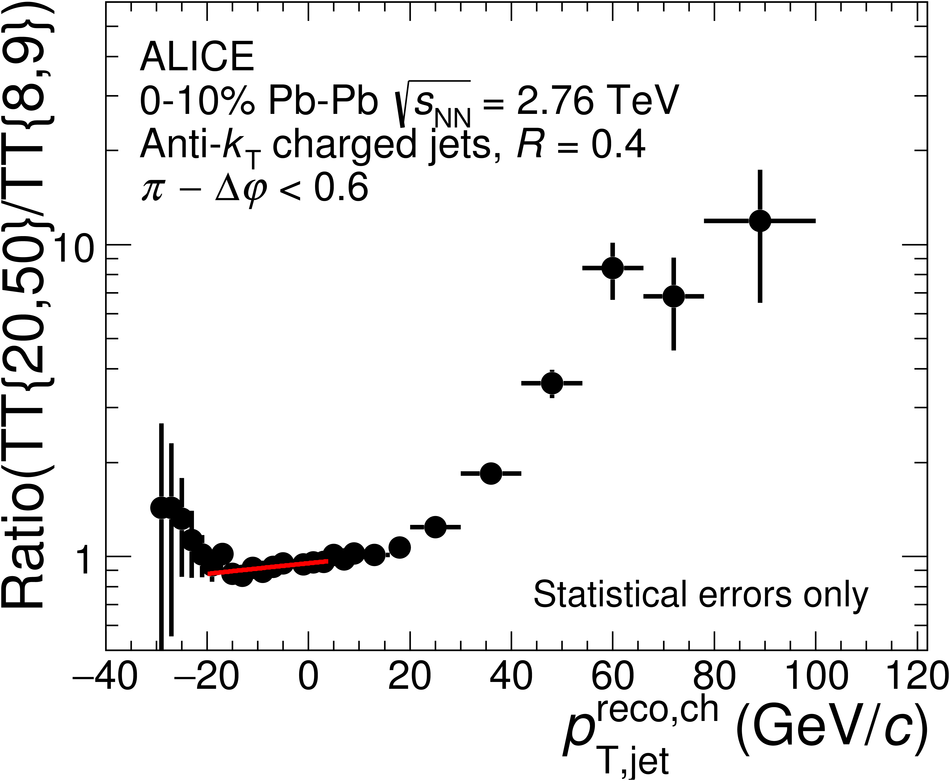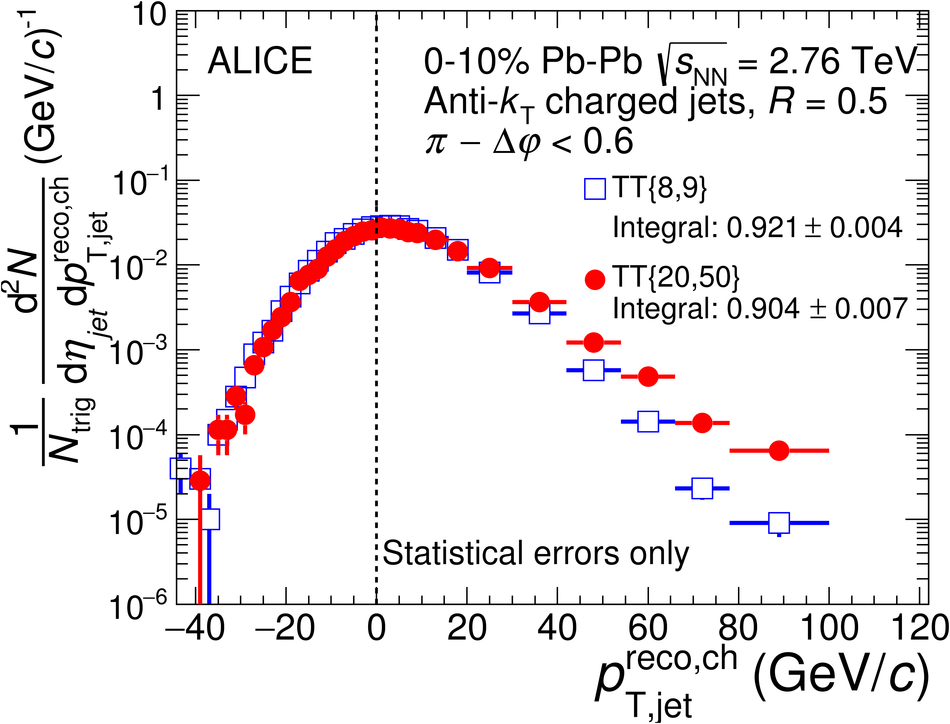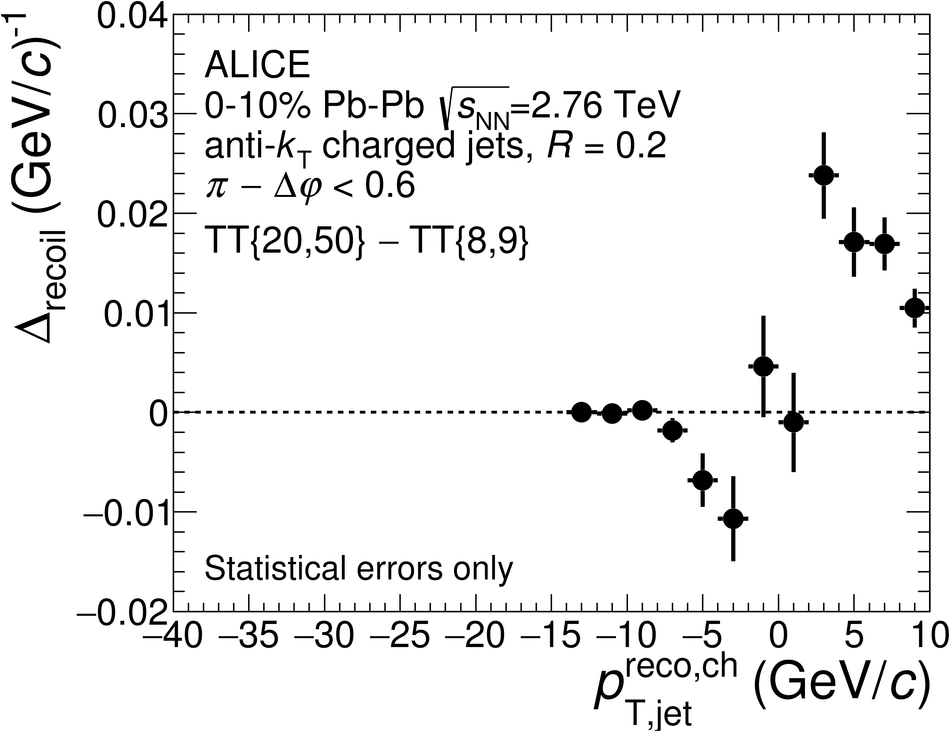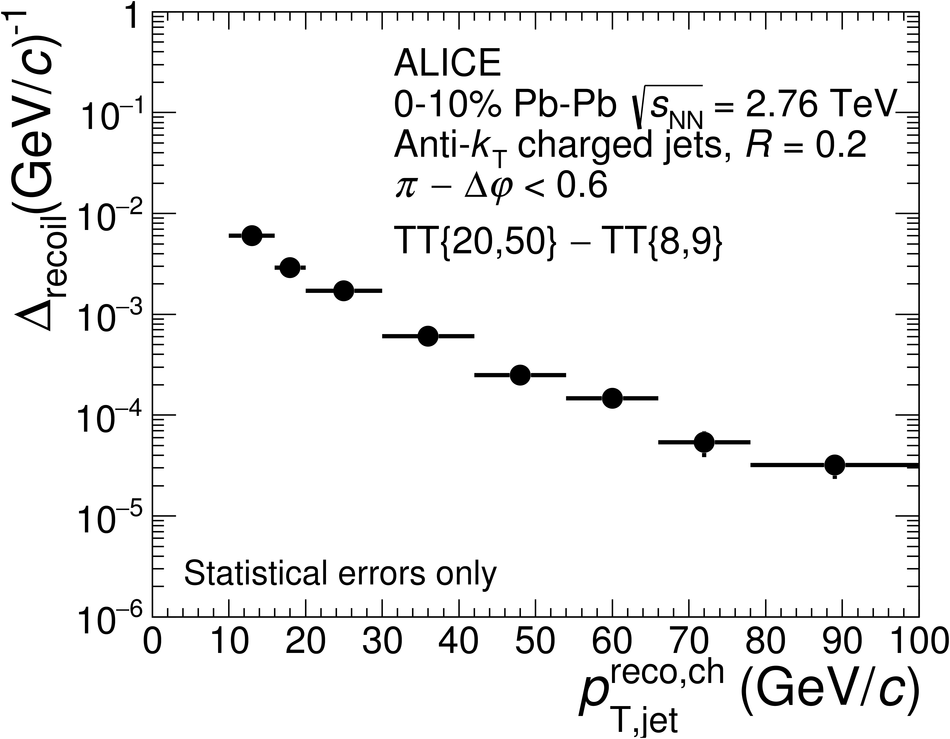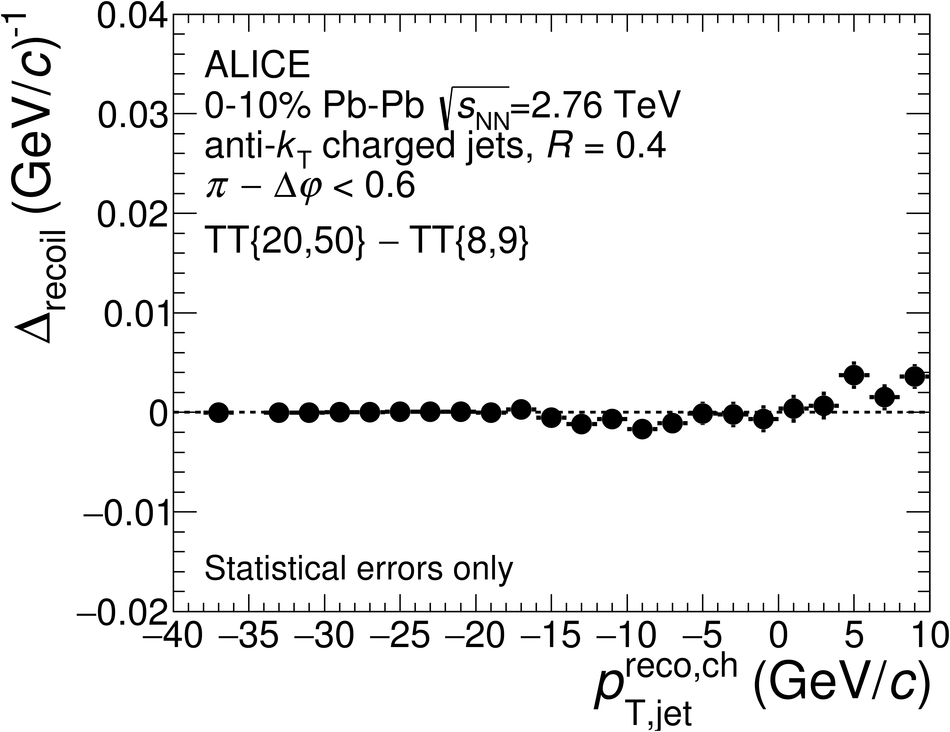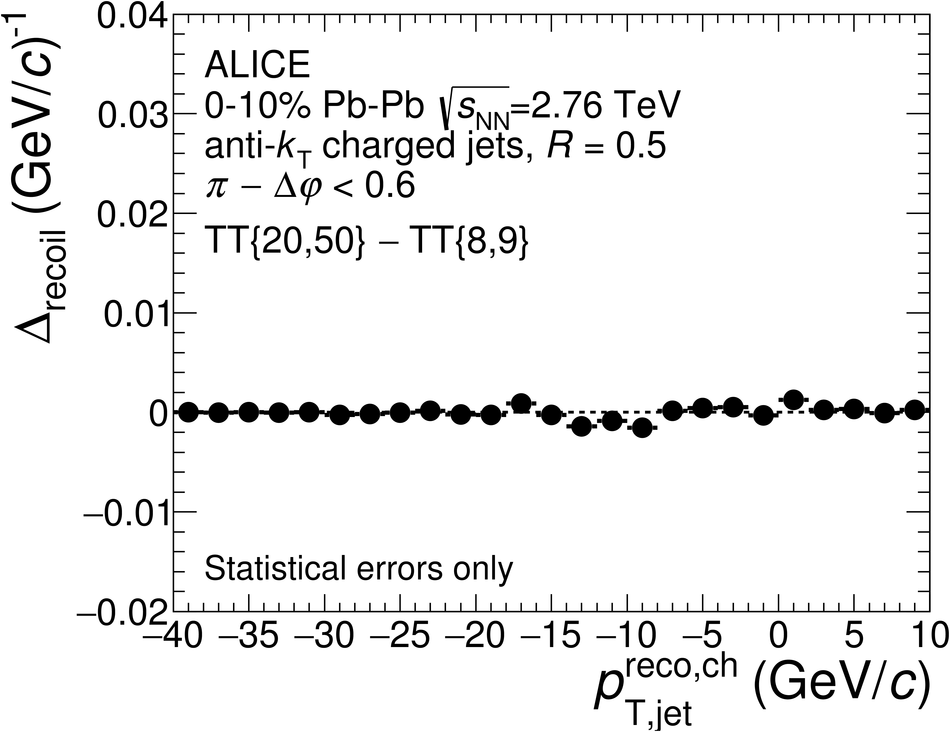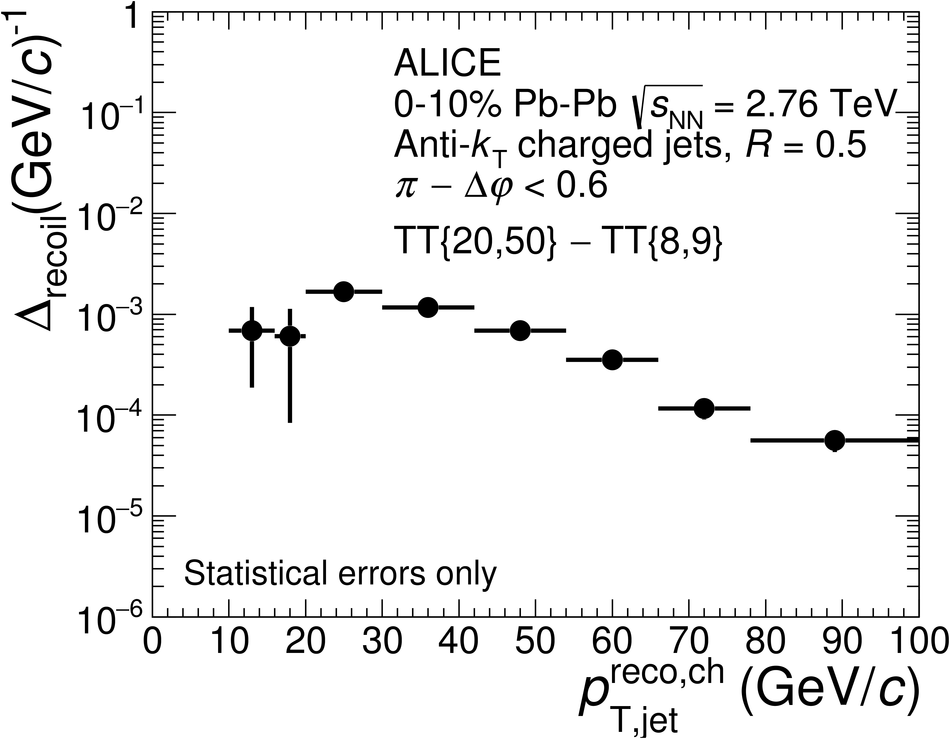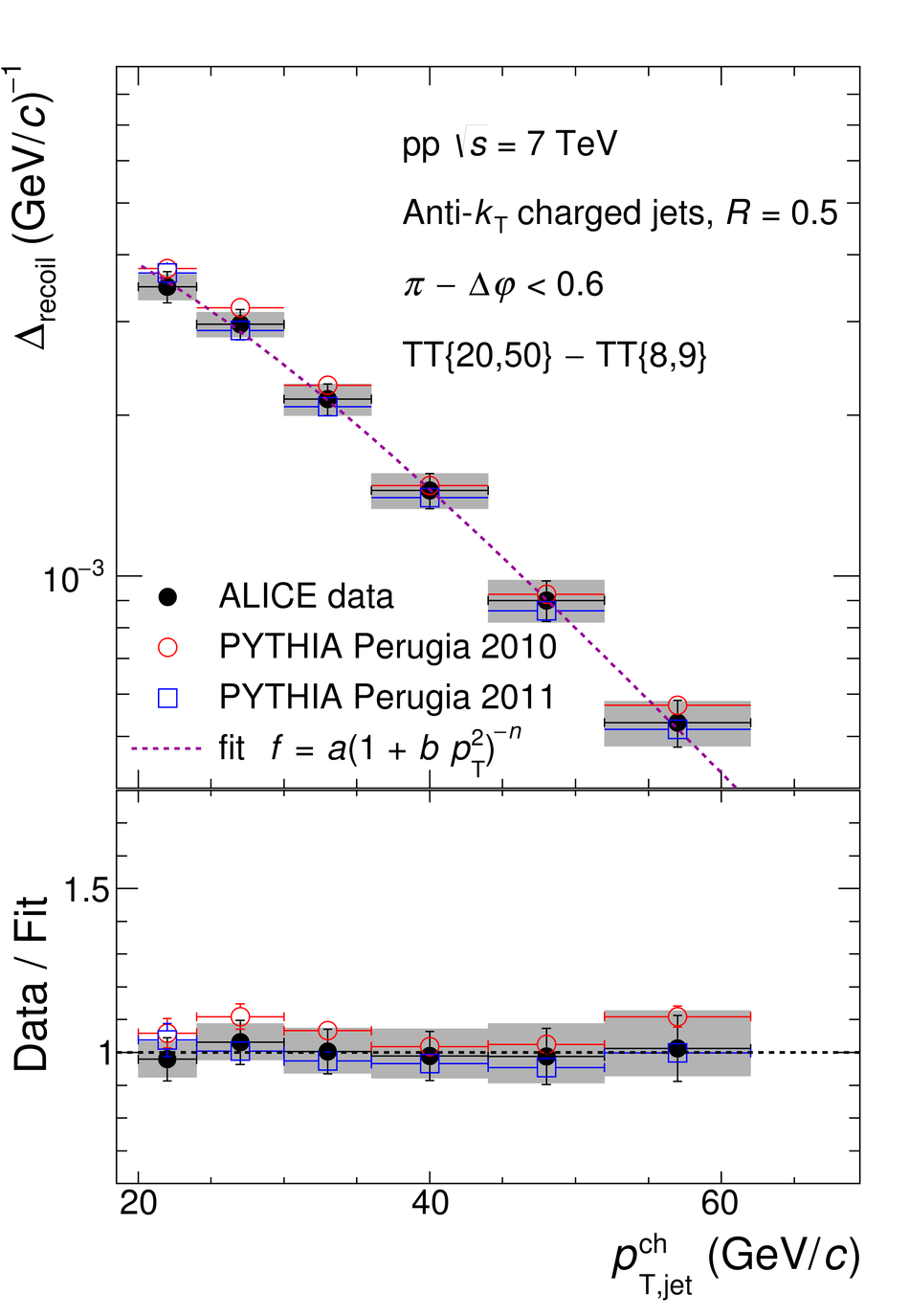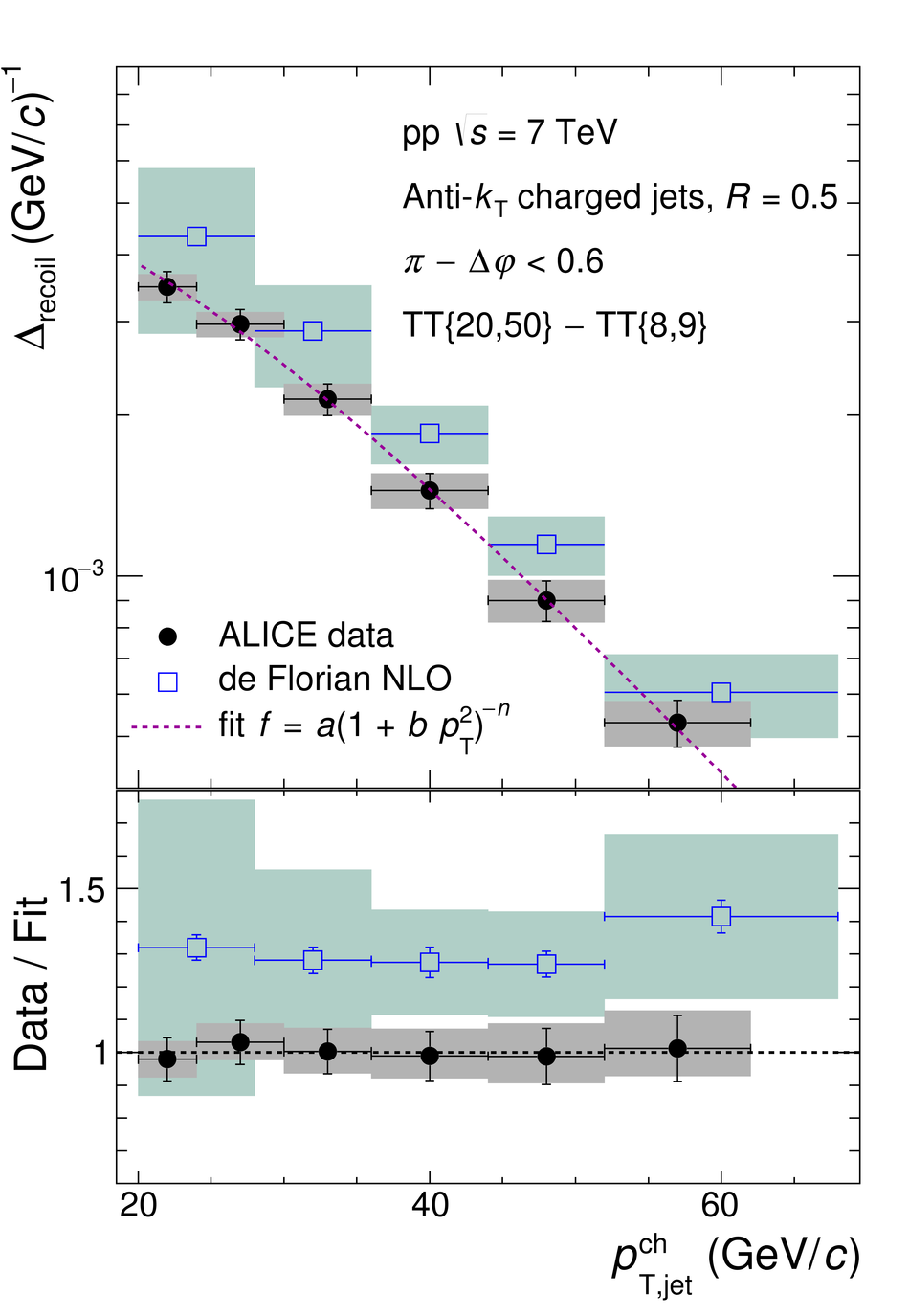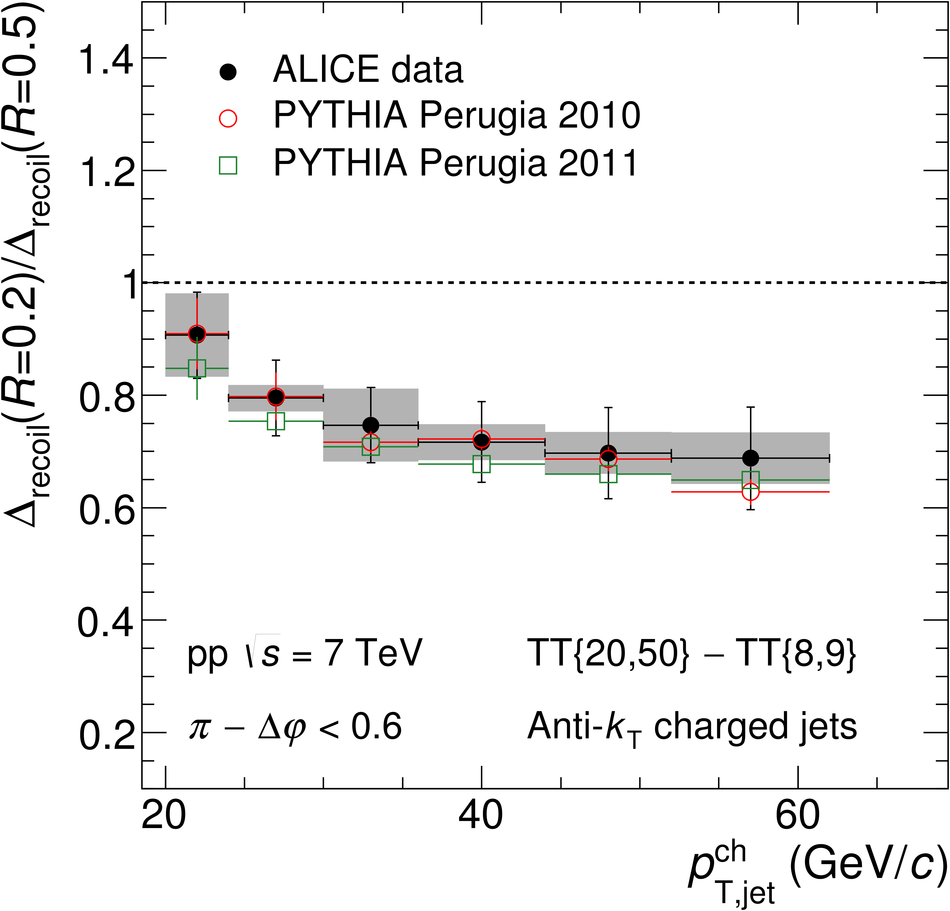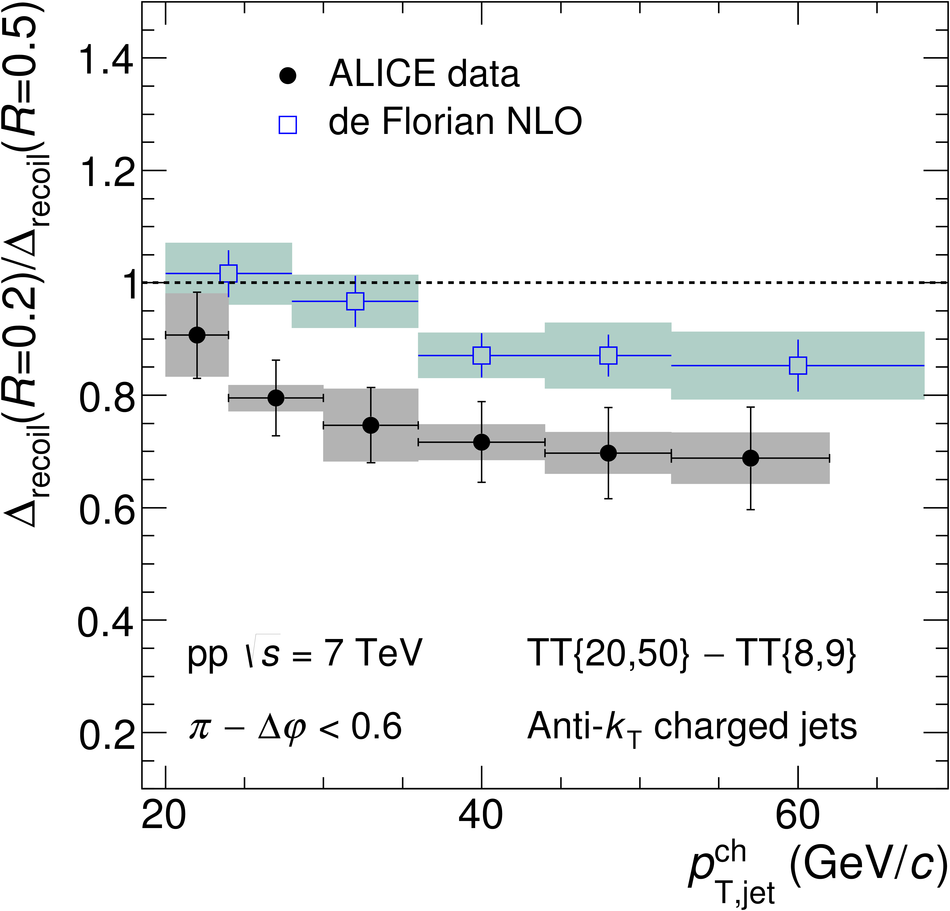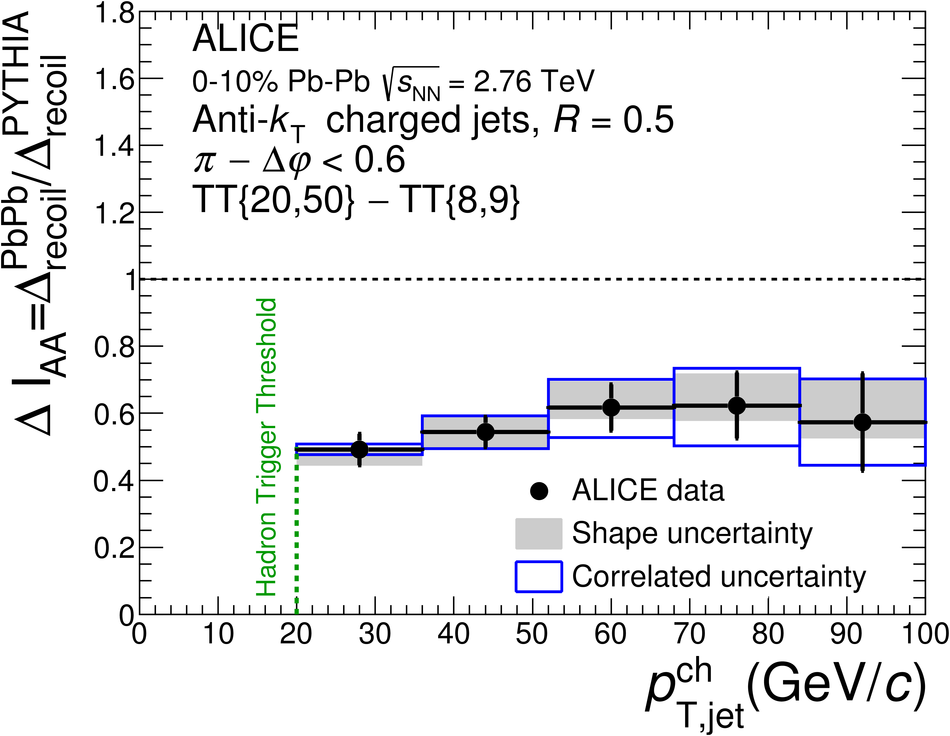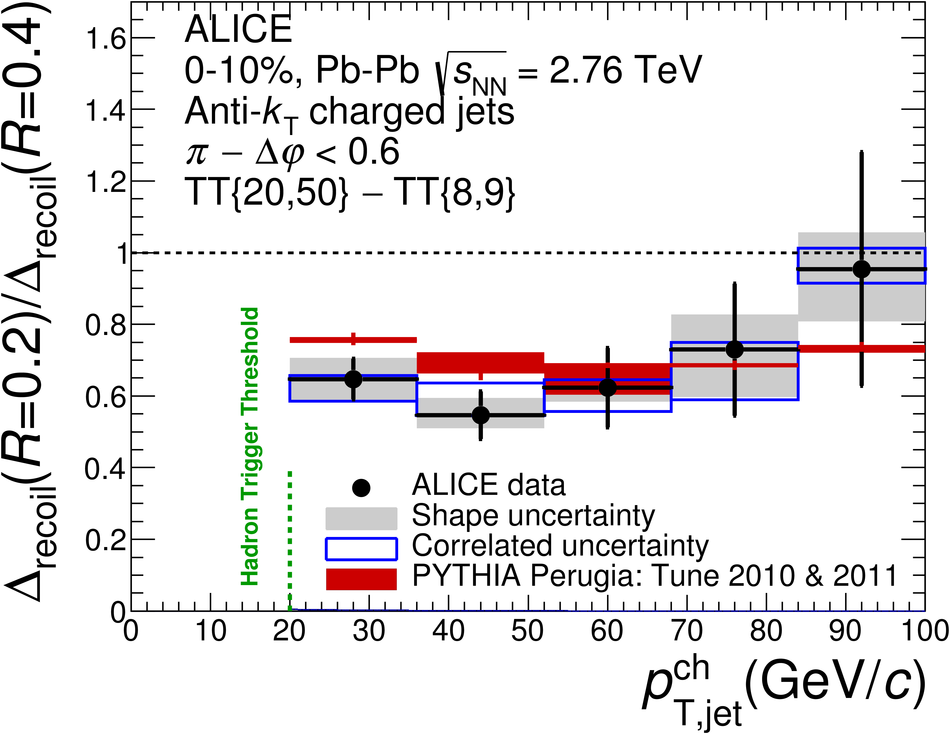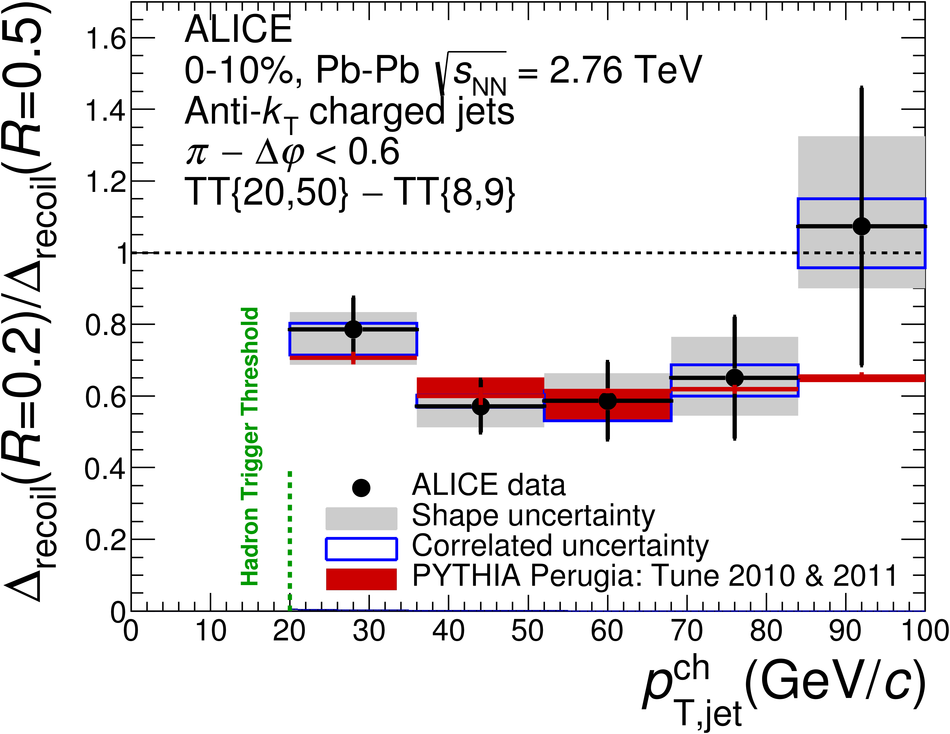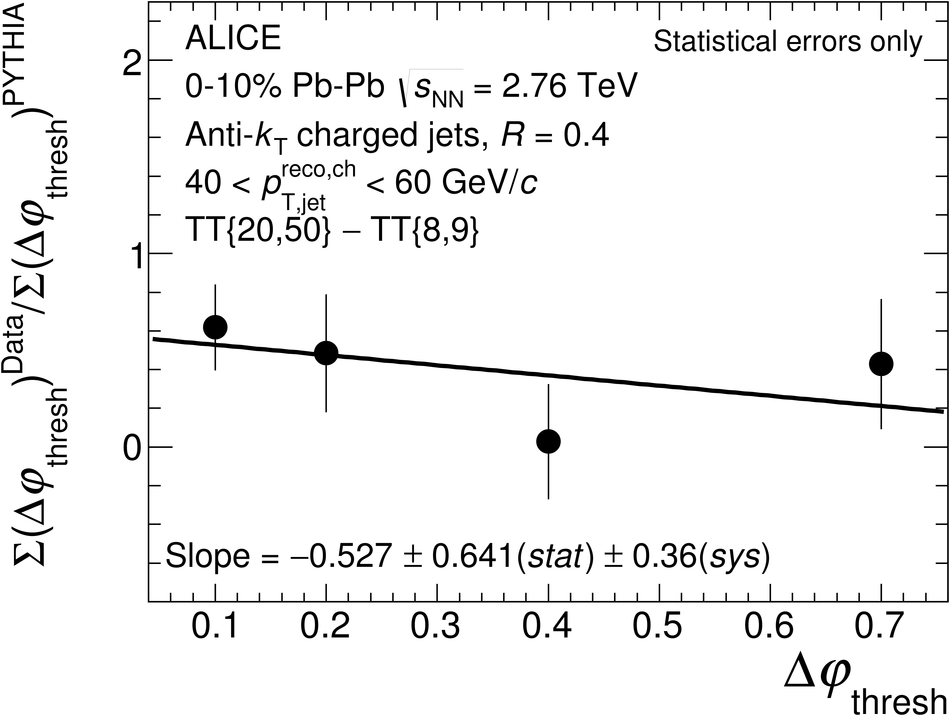We report the measurement of a new observable of jet quenching in central Pb-Pb collisions at $\sqrt{s_{\rm NN}} = 2.76$ TeV, based on the semi-inclusive rate of charged jets recoiling from a high transverse momentum (high-$p_{\rm T}$) charged hadron trigger. Jets are measured using collinear-safe jet reconstruction with infrared cutoff for jet constituents of 0.15 GeV/$c$, for jet resolution parameters $R = 0.2$, 0.4 and 0.5. Underlying event background is corrected at the event-ensemble level, without imposing bias on the jet population. Recoil jet spectra are reported in the range $20< p_\mathrm{T,jet}^\mathrm{ch}< 100$ GeV/$c$. Reference distributions for pp collisions at $\sqrt{s} = 2.76$ TeV are calculated using Monte Carlo and NLO pQCD methods, which are validated by comparing with measurements in pp collisions at $\sqrt{s} = 7$ TeV. The recoil jet yield in central Pb-Pb collisions is found to be suppressed relative to that in pp collisions. No significant medium-induced broadening of the intra-jet energy profile is observed within 0.5 radians relative to the recoil jet axis. The angular distribution of the recoil jet yield relative to the trigger axis is found to be similar in central Pb-Pb and pp collisions, with no significant medium-induced acoplanarity observed. Large-angle jet deflection, which may provide a direct probe of the nature of the quasi-particles in hot QCD matter, is explored.
JHEP 09 (2015) 170
HEP Data
e-Print: arXiv:1506.03984 | PDF | inSPIRE
CERN-PH-EP-2015-136


